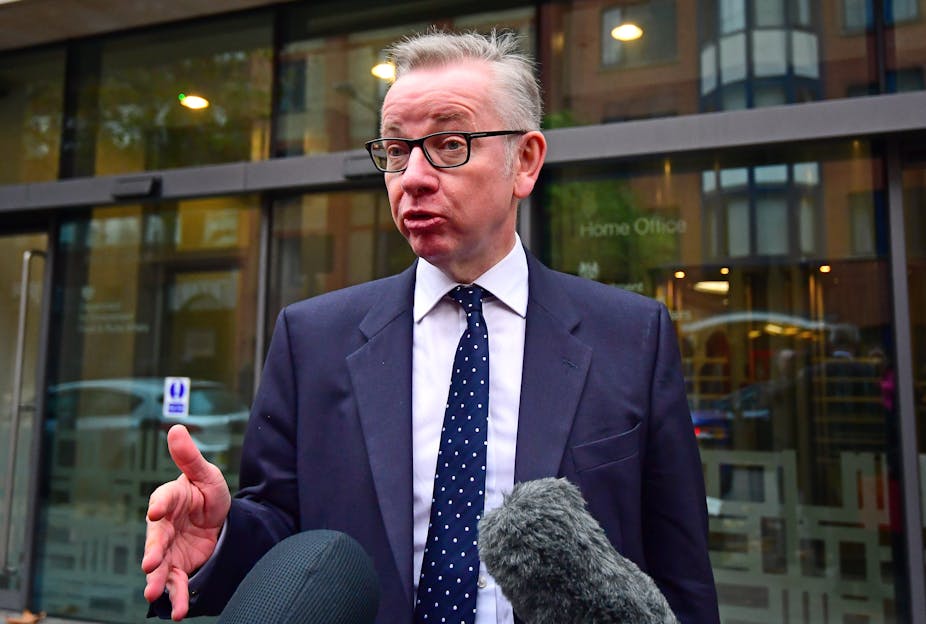After a week of high drama, even by the usual standards of Brexit, we find ourselves with something of a conundrum. On the one hand, no one in parliament seems to like the text of the Withdrawal Agreement that Theresa May has brought back from her negotiations. On the other, the prime minister remains determined to ensure its ratification and implementation.
The criticism has come from all directions, something that partly explains the current situation.
For those who want to have a more emphatically clean break with the EU, such as Jacob Rees-Mogg, the agreement contains much to cause concern. Most prominently, there are the backstop arrangements on Northern Ireland, which will come into effect if a new agreement cannot be signed by the UK and EU by the end of the transition period in December 2020. That backstop now involves maintaining both customs and regulatory alignment for the entire UK and it can only be removed by the mutual agreement of both parties – meaning the EU has a veto on ending it.
But there are other elements, including the suggestion that this customs aspect of the backstop would form the basis of the future relationship, potentially restricting the capacity of the UK to conclude new trade deals with other countries, one of the flagship benefits that Brexiters have been selling in recent months.
Read more: Brexit draft withdrawal agreement – experts react
Emerging factions
For those who want a close relationship with the EU, the Withdrawal Agreement looks problematic for its lack of commitment to close economic integration and its ambivalence about the status of EU citizens in the EU and UK citizens in the EU.
The recent emergence of the “Norway for now” group, including the MPs Nick Boles and Michael Gove, further complicates matters. They are looking for language that allows for a temporary membership of the European Economic Area (EEA), despite the EU’s (and Norway’s) professed doubts about the possibility, given the disruption to the EEA it would cause.
In short, everyone is seeing what they don’t like in the text and want it changed.
Crucially, however, not one of these different opinions commands any more support in parliament than May’s own position. Each group is pulling in different directions, making it impossible to satisfy everyone by any change.
Remember too that the EU has indicated that it will not be open to renegotiation around the edges of this text – so the only likely route to getting back around the table will be due to a much more major shift in UK priorities, such as a fundamentally different future relationship.
As a result, May’s compromise has perhaps more stability than might be immediately apparent. The prime minister has neither the desire nor really the capacity to find a new agreement with the EU, even before the time constraints of Article 50 and the March 29 2019 deadline for the UK’s withdrawal are taken into account.
May’s way or the highway
Of course, this situation is partly by May’s design – holding off finalising the text until now left as little opportunity as possible for opponents to mobilise and plot, so she can sell it as “this deal or no deal”.

We’ll find out soon enough if this gambit can work. Already, it is clear that May has done little to try and placate the critics within her own party, instead carving her own way through the negotiations and not opening up the process to contributions from colleagues.
It is in this context that politicians who campaigned for Leave, such as Gove or Andrea Leadsom, have chosen to remain in cabinet despite their clear doubts about the Withdrawal Agreement. Better, they argue, to be on the inside trying to shape May’s decisions, than on the outside, free to speak out but also excluded from the corridors of power.
Again, the success or failure of this will become clear before long, as the ratification process begins.
What we do know is that the Withdrawal Agreement is primarily a document about the past – about ending the UK’s membership of the EU. The accompanying political declaration says relatively little about the future relationship with the EU, which will be negotiated once the UK has left. For those who stay in cabinet, that might be the real moment for exerting their power and influence and changing the course of this process.

